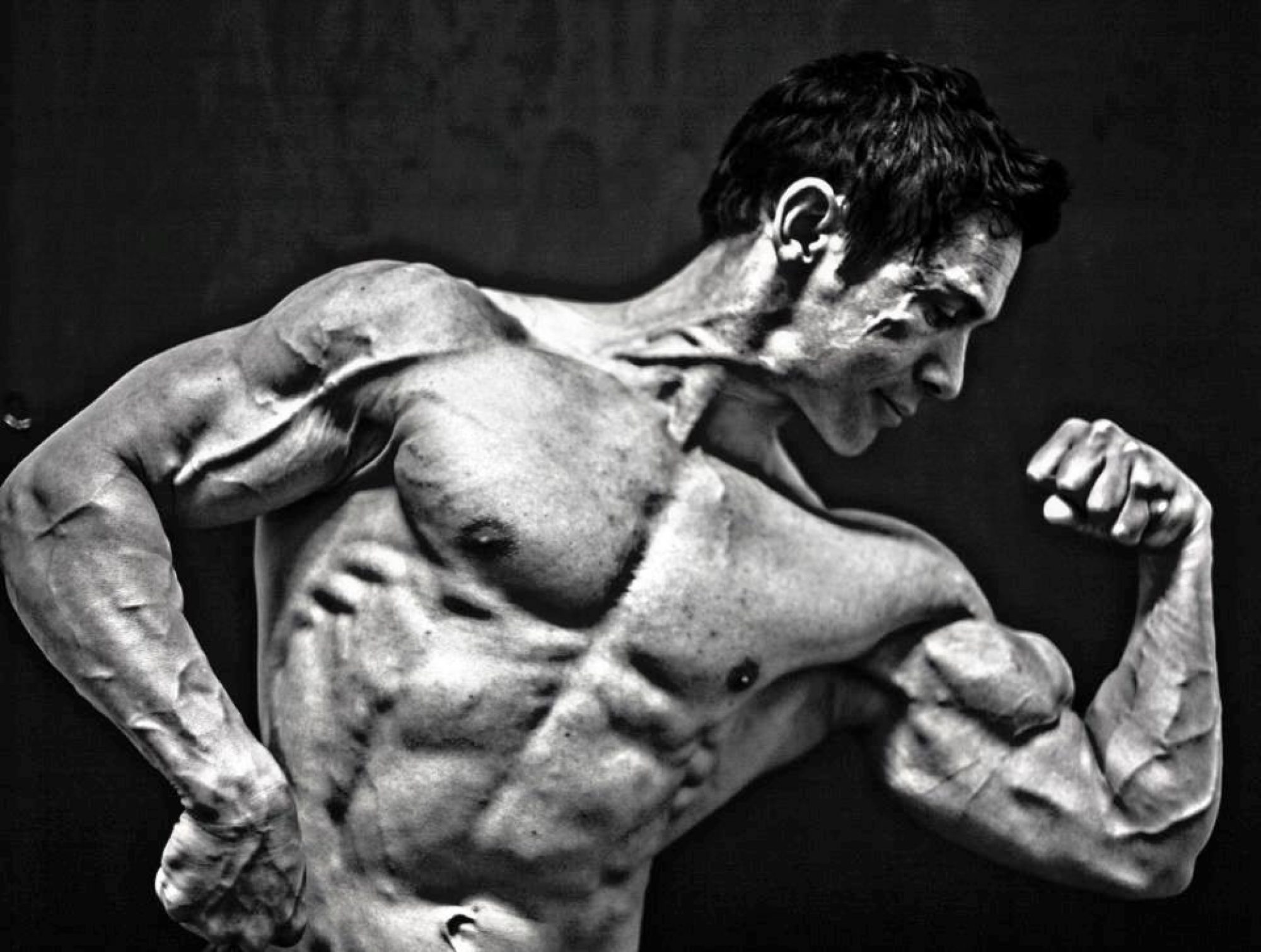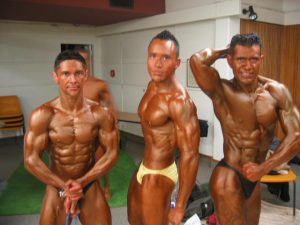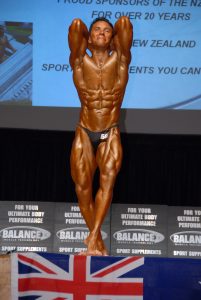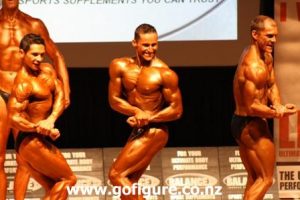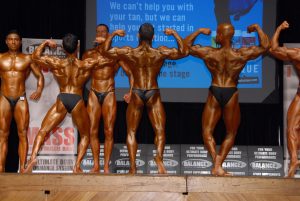There is nothing worse than getting injured! Injuries can disrupt your training goals and progress for up to months at a time. Below are some ideas on injury prevention, rehabilitation and management.
Injury prevention:
As a teacher I have often utilised the ACC Sportsmart10 point plan to teach students about injury prevention (If you are interested check out the website acc.co.nz.) in relation to their individual sports. Here is my take on the subject as it relates to weight training.
Exercise selection / technique:
Often we are told that certain exercises are necessary to build mass in certain areas of the body. For example, the bench press can be an effective mass builder for people, for others it can be a shoulder nightmare! When performing exercises you should feel it solely in the muscles, not the joints. However, it may not just be your structure-get a qualified person to show the correct technique for all exercises so that you not only remain injury free but get the most out of the exercise.
Warm up/ Cool down:
People have different opinions on what a good warm up involves. The traditional warm up of a jog/ treadmill/ cycle with some static stretches I feel is ineffective. If you perform static stretches for too long your muscles will be cold again before you even start. Also, research has suggested that ‘static’ stretching before exercise may make muscles less able to fire optimally and thus affect performance. With upper body workouts I always warm up my rotator cuffs (to get the blood flowing more in them). Then I use a few light sets to get technique and the feel of the exercise right before my main sets. (You need to warm up the muscles specific to your workout!) Paul. T. Burke (a top bodybuilder and trainer in the states) has a good tip for people who have elbow problems and want to feel the muscles more in pressing exercises. Warm up with a few light pumping sets of bicep curls to get more blood to the elbow joint, this allows you to train with no pain and gives you the feeling of more control during the pressing movement. A cool down is just as important as a warm up. This is where I think static stretches should be incorporated to help keep muscles flexible, remove toxins and to help start the recovery process.
Muscle Balance:
Often muscle imbalances occur because people stay with the same exercise selections without paying attention to whether they are working all muscles equally. The squat is a good example; depending on how you squat will determine where you put muscle on your legs. Do half squats and it is mainly quads. If you go lower it hits the hams and quads hard. Do a power-lifting squat and it hits the glutes a lot more. To avoid injury then it would be a good idea to mix up how you perform certain exercises or choose different ones to emphasise the neglected or less hit area/s.
Training frequency & intensity:
I like to train every second day as it allows me to recover properly from each workout. Everyone recuperates at different rates; the secret is to find out how much you need for growth to occur without becoming over trained. Otherwise you will get weaker and pick up niggly injuries that can affect you long term. Basically, the harder and heavier you train the more rest you will need.
Sleep:
Get between 7-9 hours sleep a night to help prevent injuries. It is so easy to get over trained (which can often lead to injuries) without a decent nights sleep. Also you need to be100% mentally prepared when training- it can be so easy to lose focus or be clumsy when you are sleep deprived.
Rehabilitation:
Rehabilitation should happen immediately after an acute injury or regularly to manage a chronic injury to get back to full fitness as quickly as possible again. Here is the general idea:
REST- (Until there is no pain in effected area).
ICE- (Up to 48-72 hours or longer if there is still swelling)
COMPRESSION- (Helps reduce swelling)
ELEVATION- (Helps reduce swelling)
DIAGNOSIS-(Necessary to apply the most effective rehab treatment)
(This process may last from 48-72 hours minimum and can take a lot longer if injury is severe).
As weight trainers we cause minute muscle damage every time we train so applying these ideas to our training will help recovery and muscle growth. For example, it is important that you rest long enough so that your muscles have recovered and adapted before you hit them again. Applying ice to worked muscles or having a cold shower after a workout may help start the recovery process sooner. Compression garments have been proven to increase recovery and are used in a lot of sports making them an ideal recovery aid for bodybuilding! Elevation of your legs (slant board or putting your feet up) can help remove toxins from the lower extremities; especially if you have poor venous return.
Massage:
Massage is a great way to help recovery after the initial RICE protocol has been applied. (Make sure you do not do this too early during the rehab process as it may aggravate the injury more). Often muscle tissue and its encasing fascia can become tight and stuck together after an injury (this along with scar tissue). Massage can free up your muscles so nutrients can be utilised and toxins removed more effectively. It also helps to prevent permanent scar tissue formation.
Management:
Managing injuries may have become a part of your every day life. I have often talked to older bodybuilders who have had an assortment of training injuries they have had to work around. Here are some ideas to manage injuries:
Support aids:
Braces and wraps can provide enough support so that you can still train pain free. They also can keep joints warm during colder months.
Exercise selection:
Exercise selection may have to change if the injury is continually causing pain. However, injuries can sometimes be an opportunity to get you out of a training rut and even improve areas. I remember aggravating both biceps one year and had to resort to only performing dead-lifts, straight arm pullovers, straight arm pull downs and scapula pulls for a couple of months for my back (I think it was the best my back had ever looked!!). Remember to choose exercises that you feel in the muscle as opposed to in the joint. Also, alternating exercises regularly may be enough to manage your injury so you can still progress and perform the exercises you enjoy.
Ice & cream for joints:
Chronic injuries created over years of training need to be managed so if changing exercises does not provide relief, ice may be a necessity after training. I like to use ice initially then I prefer to use a cream (by Radiance-Joint connection creme which has aloe vera to support tissue healing, essential oils beneficial for providing blood supply and MSM to regulate inflammation). I have also used different arnica formulations with success too.
Nutrition:
Nutrition is an important aspect in injury prevention, rehabilitation and management.
A typical clean and balanced bodybuilding diet is ideal for preventing injury and helping the recovery process. Supplements can also help. Here are a number of supplements that have helped me in the past:
Whey protein, glutamine, BCAA’s, chondroitin and glucosamine,
A multi B formula
Multi-mineral supplement: that includes zinc, magnesium, iron (for ladies) and calcium.
MSM, fish Oil and Vitamin C
Although I have only touched on the area of injury prevention, rehabilitation and management in this article I hope some of these ideas here help you remain both injury and pain free!!
